
Peoples and Languages
Social Media
Leave comments, suggestions, keep an eye on news in our groups on VK, Odnoklassniki and Telegram channel


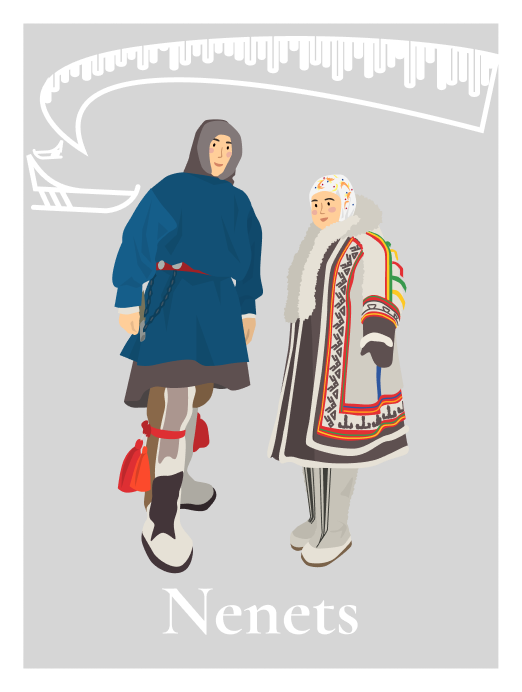
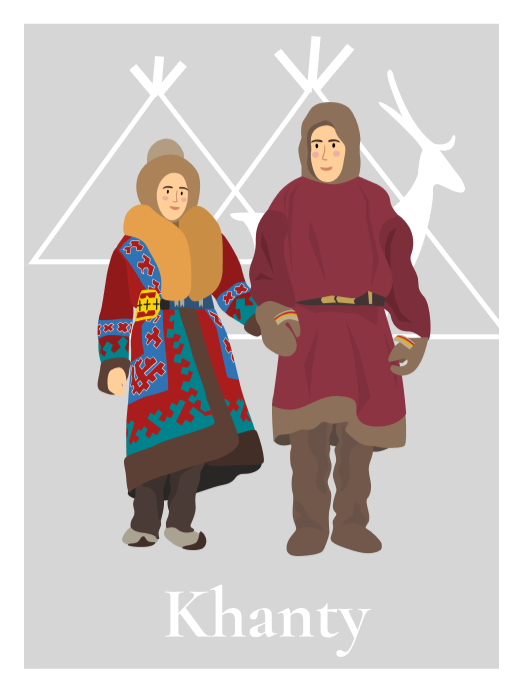


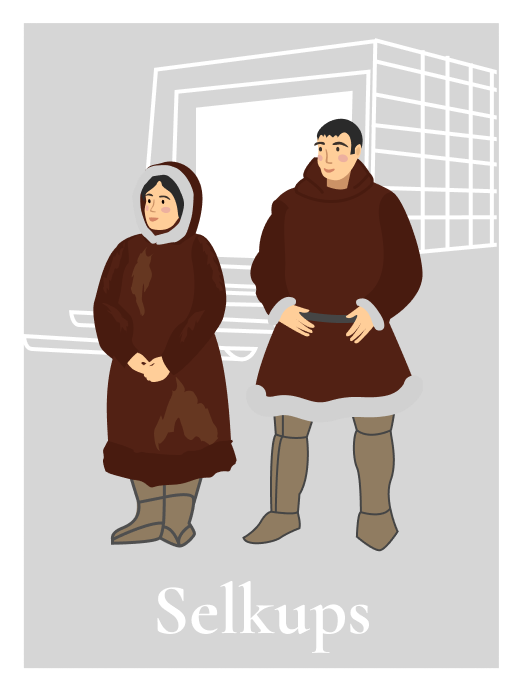
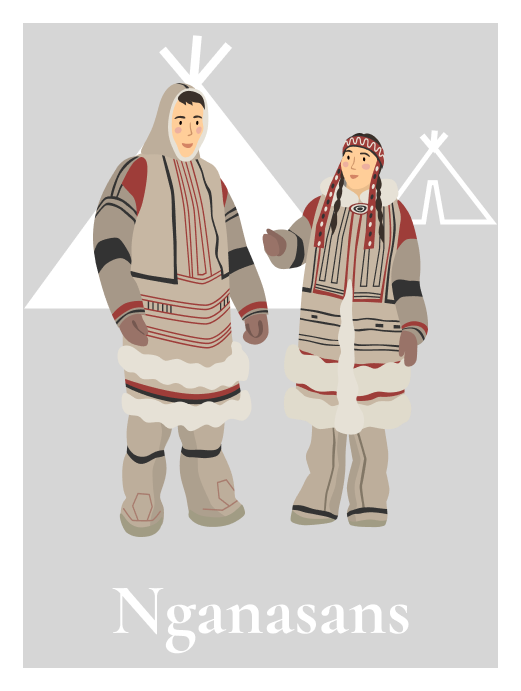
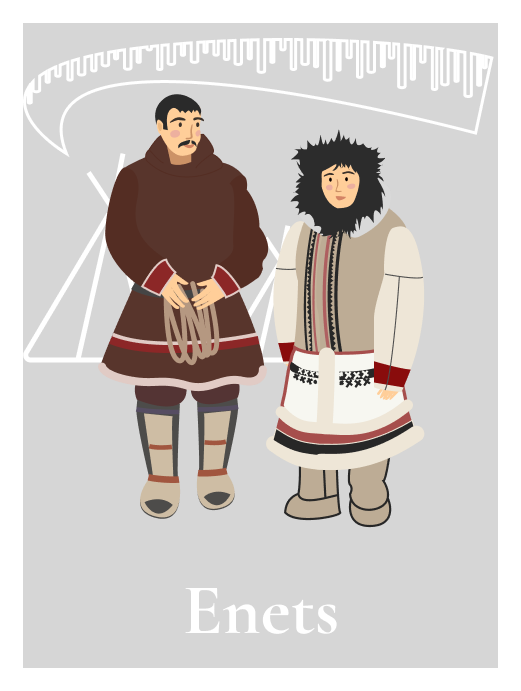
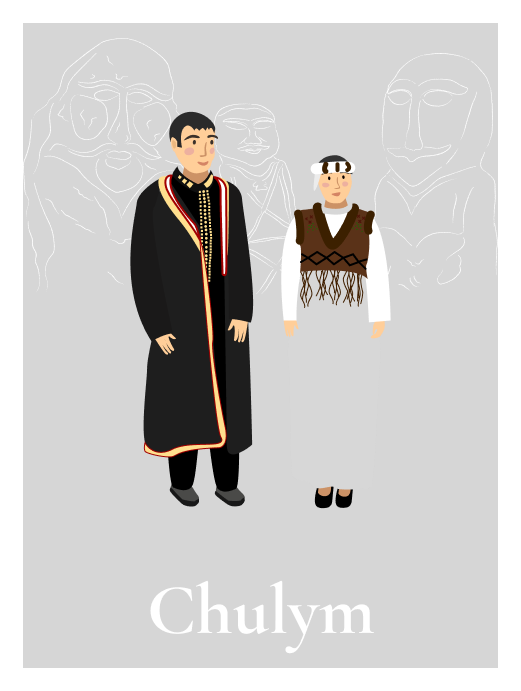
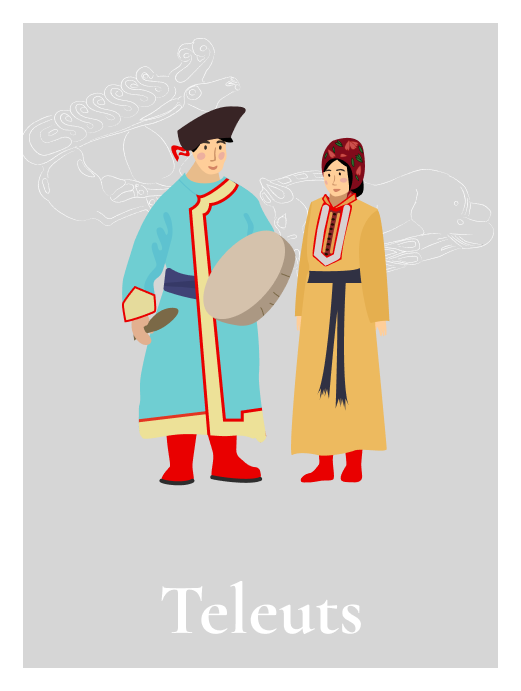


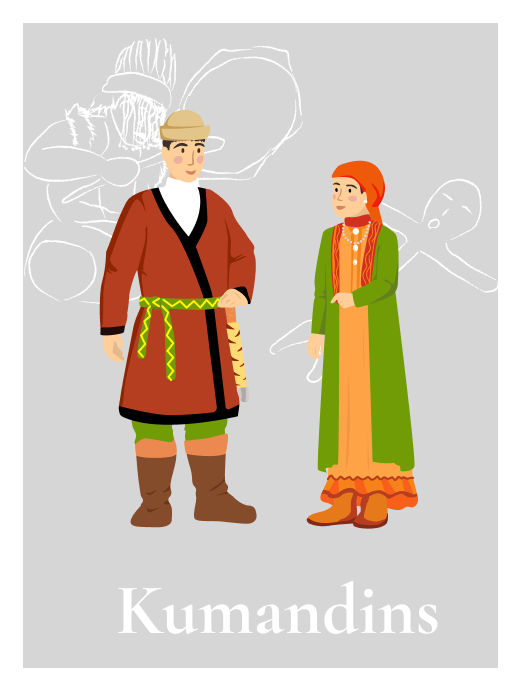

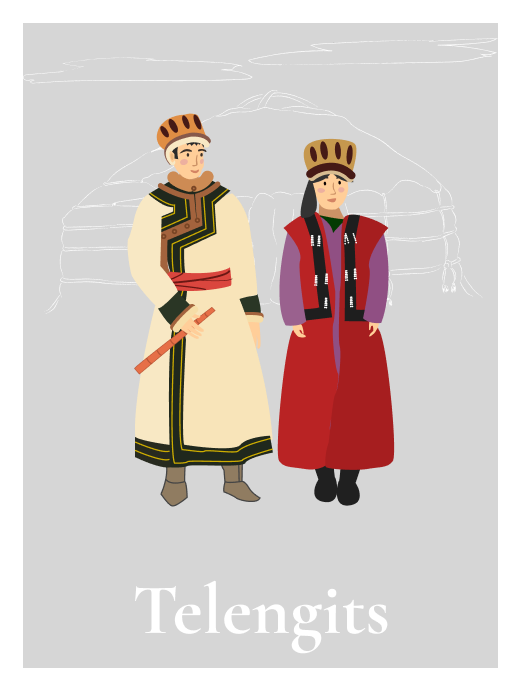

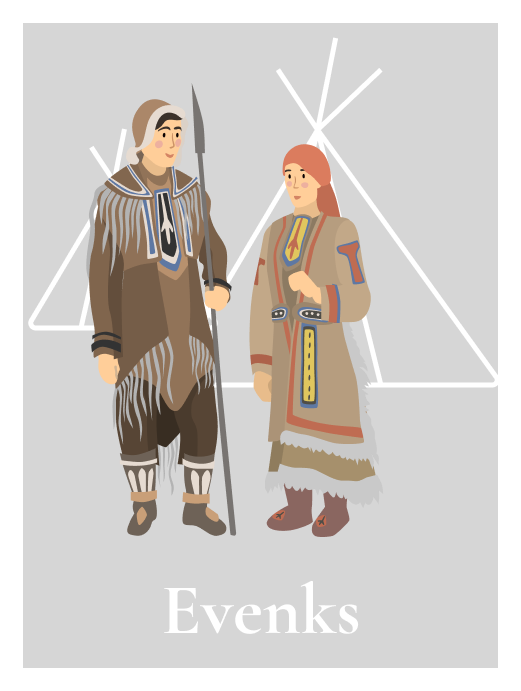
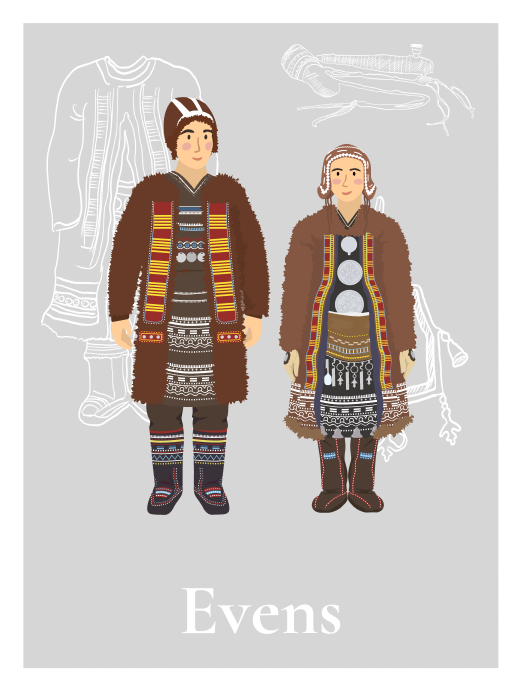
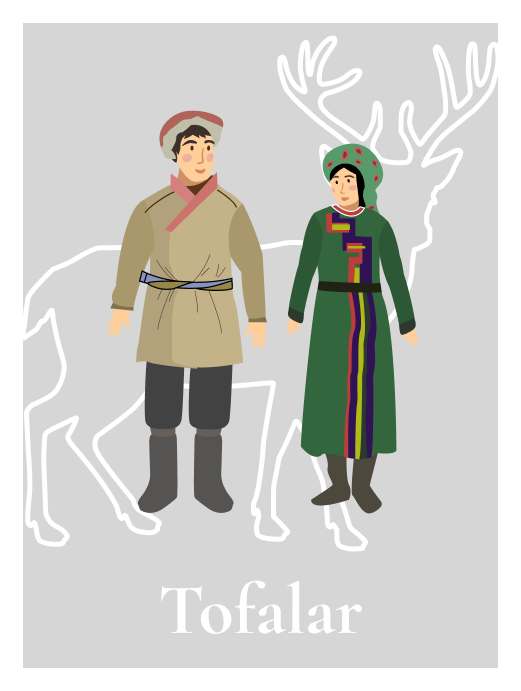
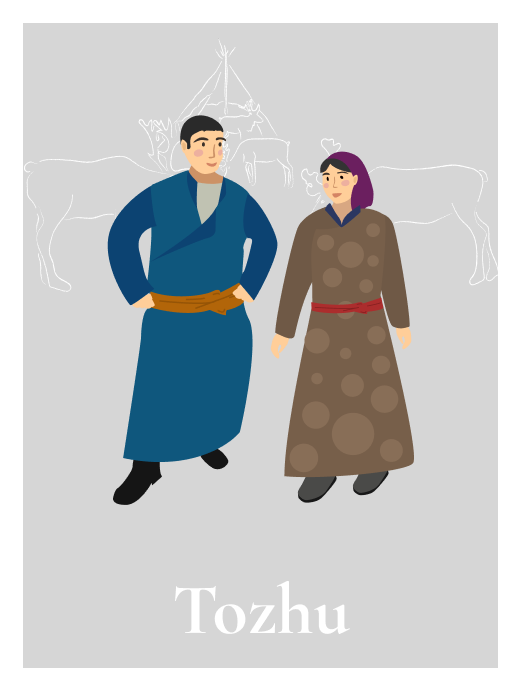
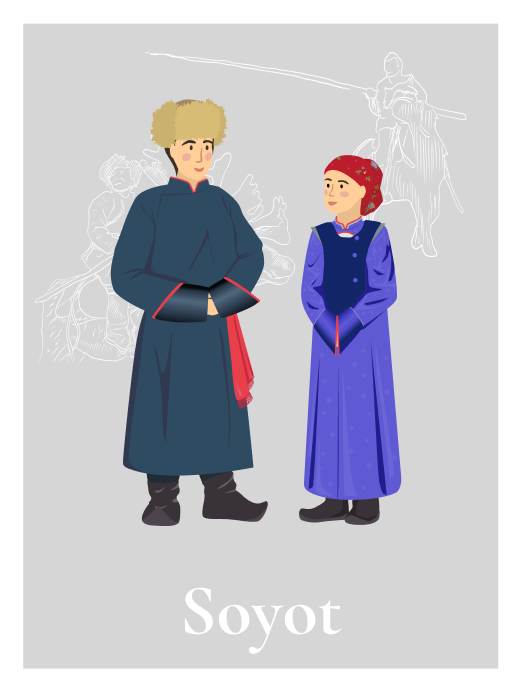
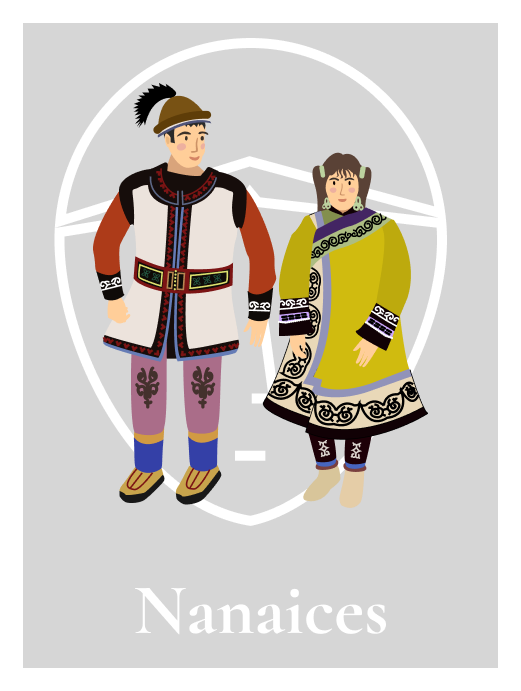
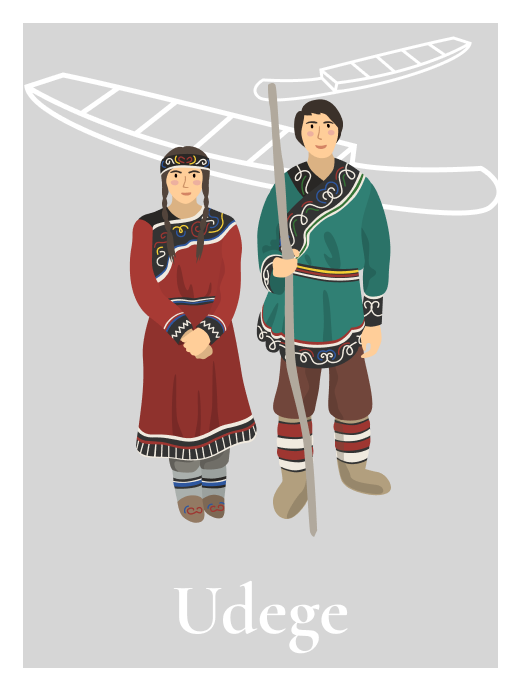

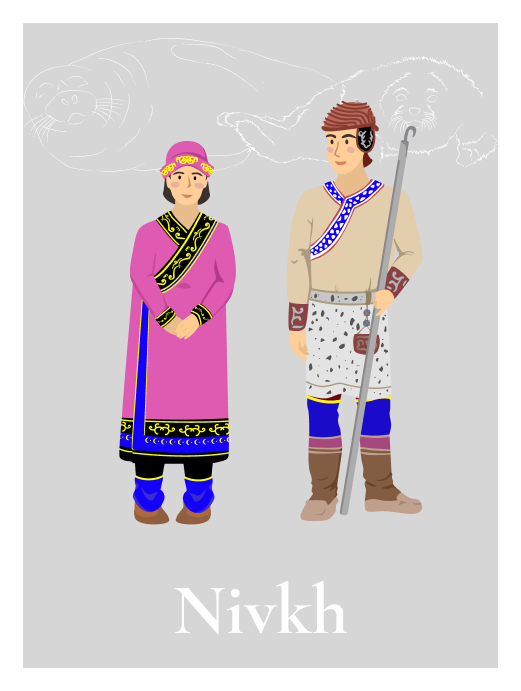
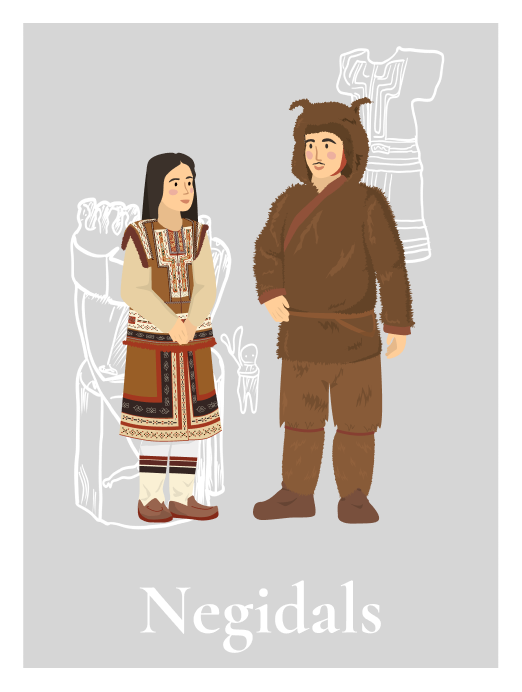
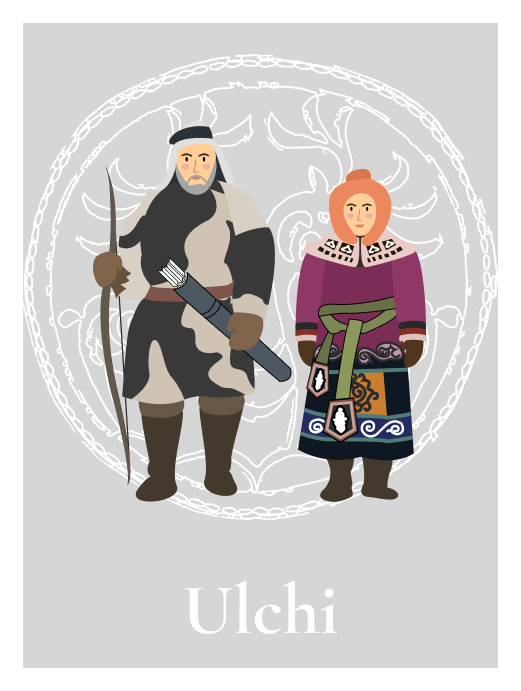


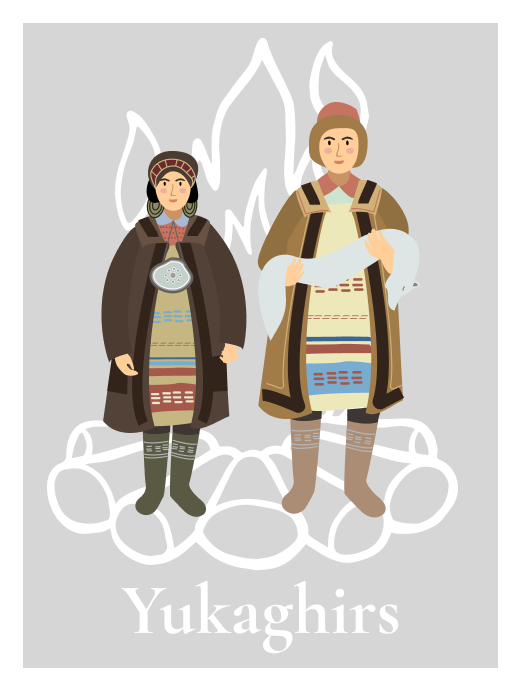
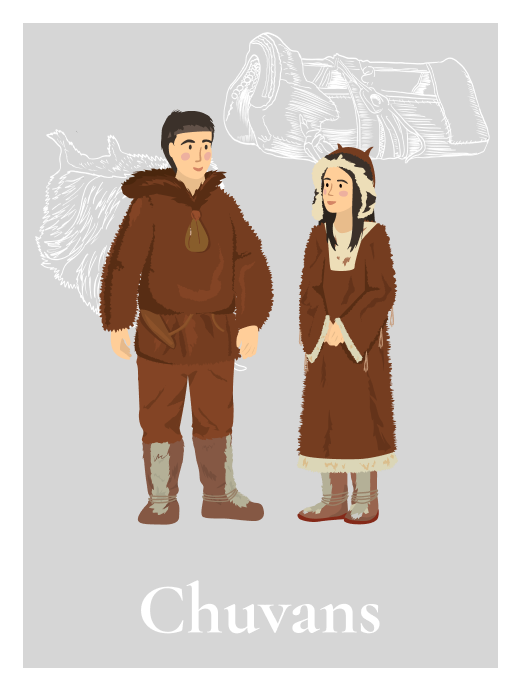
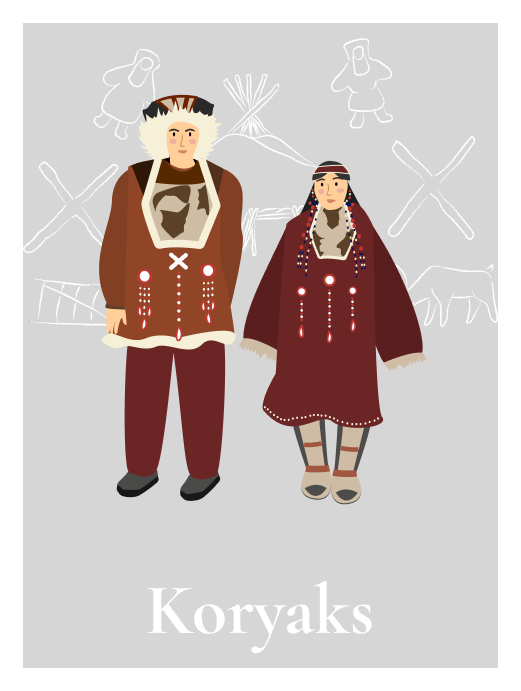

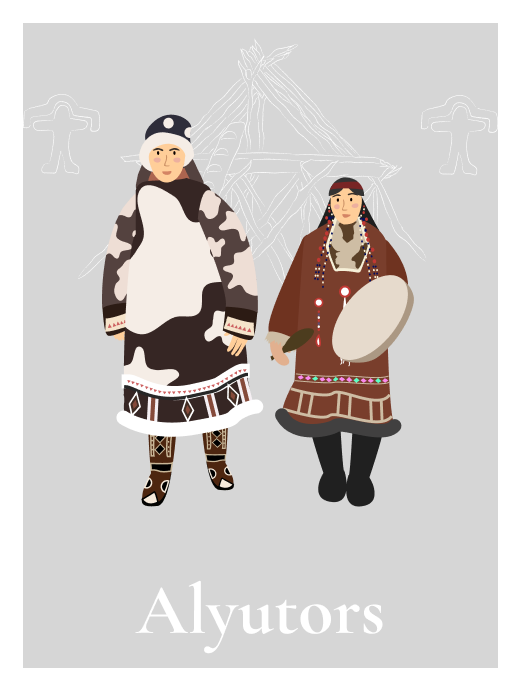


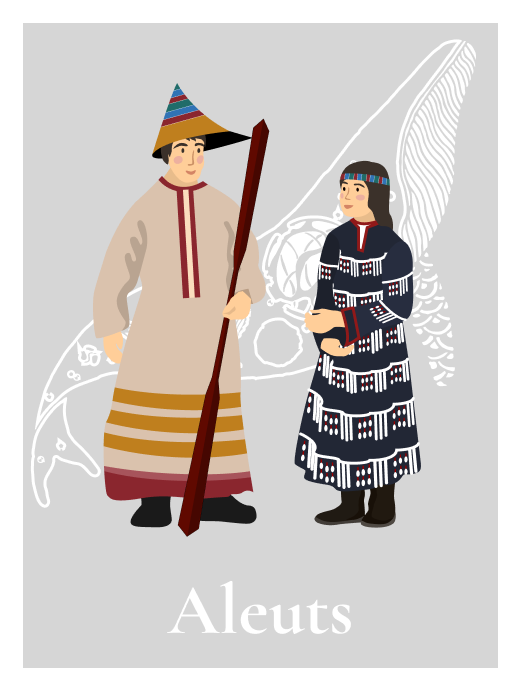

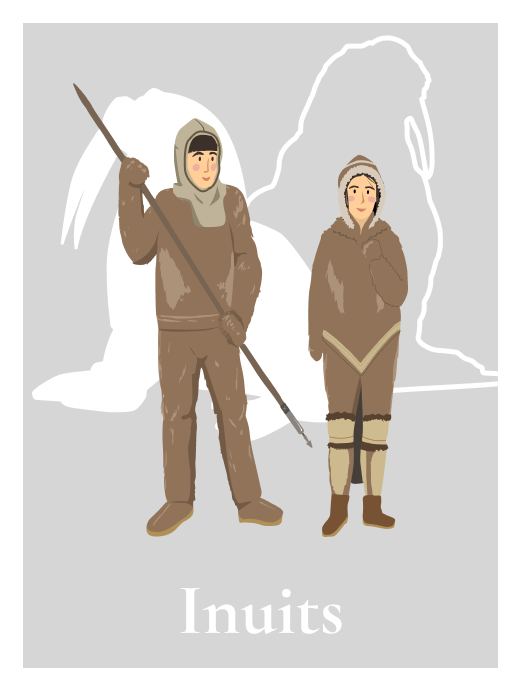
Once they used to call the language Tawgi or Tawgi-Samoyed (Tawgisch in German). Sometimes, its name was based on the self-definition of Nganasan язык (народа) ня [language of the peoples Nya]. The self-designation of the Nganasan speakers is няа. Today, the ethnonym Nganasans is commonly accepted, but earlier, it was Tawgi.
In the 2020 Census, 300 people indicated their command of the Nganasan language. But it is highly unlikely that the actual number of people that are fully proficient in it exceeds 20-30. Total Nganasan population (based on the 2020 Census) is 693 people.
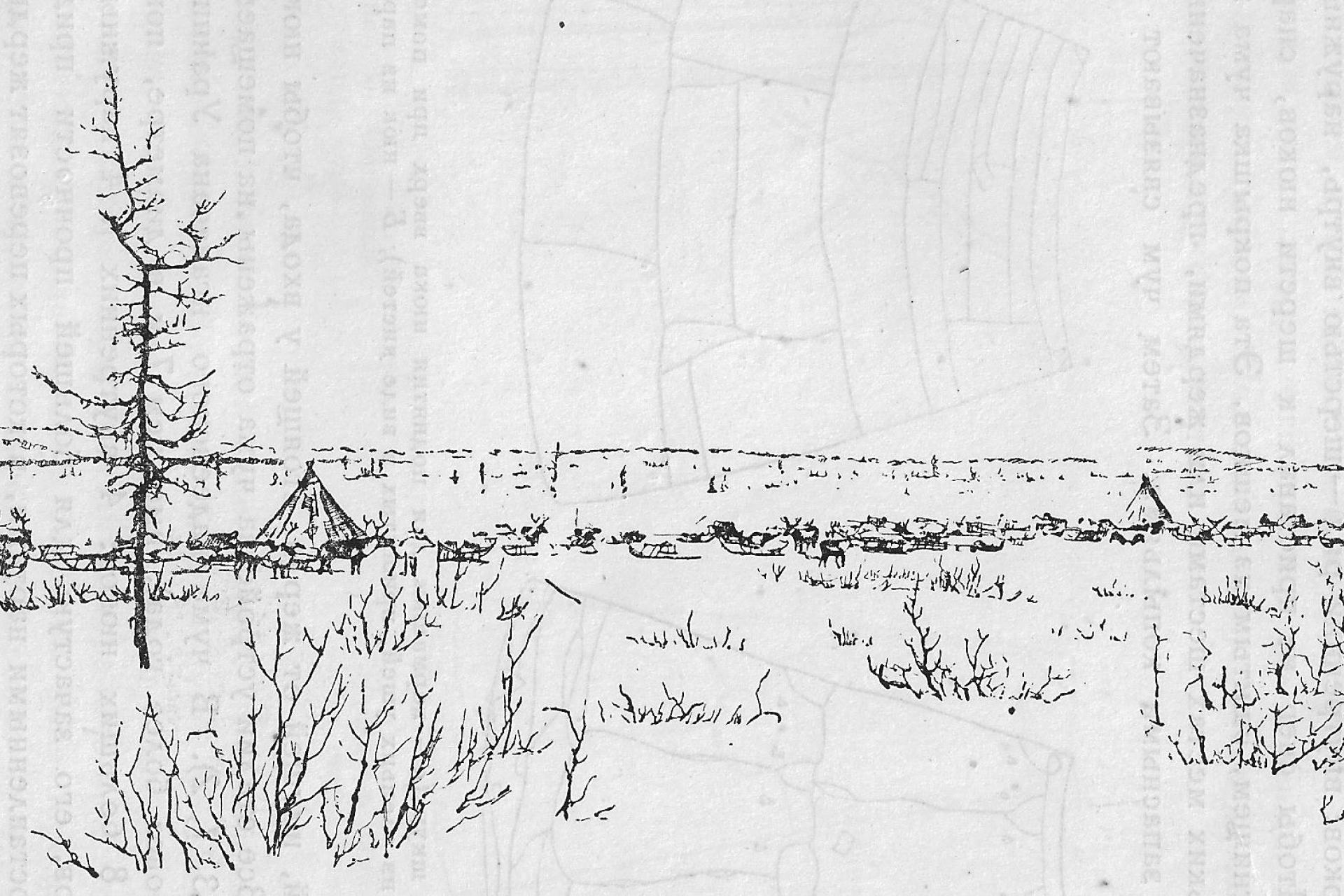
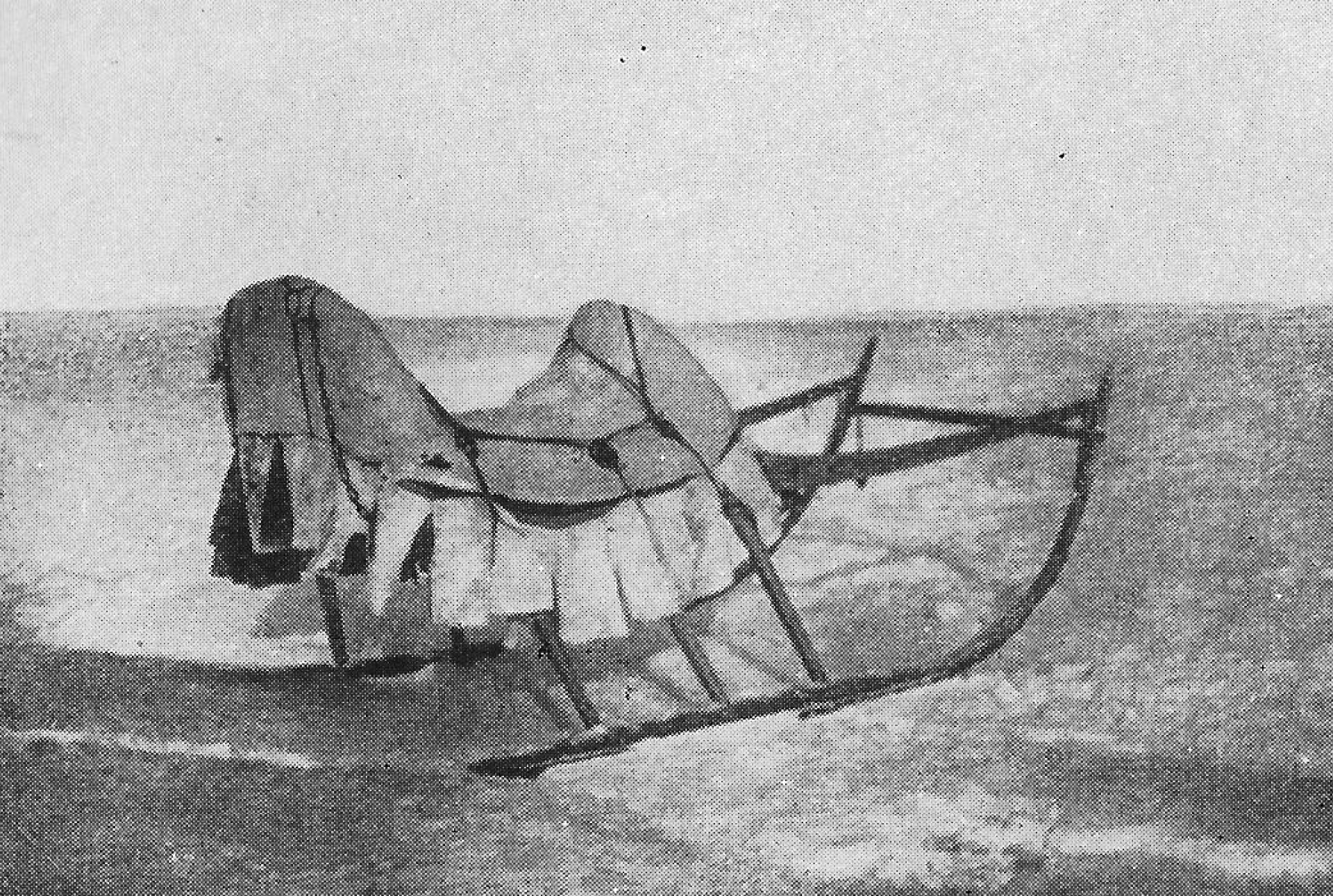

The language is on the brink of extinction (critically endangered, nearly extinct). 20-30 native speakers, all of them aged. As for the language situation in separate settlements, until recently, Nganasan was particularly well preserved in Volochanka and Ust-Avam. This is where most of the older speakers lived. In Novaya and other settlements of the eastern part of Taimyr, some Nganasans switched to the Dolgan language due to the predominance of Dolgans. There were only young Nganasans living in Dudinka and other cities. Over the last few years, the situation has changed: many aged Nganasans moved to Dudinka, which has further reduced the use of the Nganasan language in rural settlements. At the same time, Nganasan speakers in Dudinka are not numerous enough to change the overall language situation.